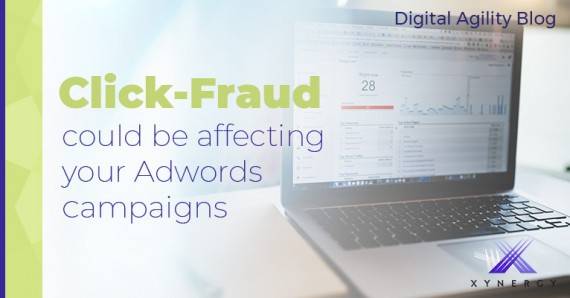Whether your app is an avocational adventure or a business necessity, you want to know that your application of hours and dollars is worth the investment. You probably also want to know where to most effectively concentrate your effort following your app's first release in the App Store and the Google Play Store. Apps that do not evolve along with the underlying device technology eventually drop out of the stores, so developing an app is more of a journey than a destination.
So how do you monitor your app’s performance?
Let’s first distinguish between the types of monitoring that are available to you. Depending on the nature of the app and how you roll, some ways may be more meaningful than others. Quantitative analytics, which relies heavily on statistical observation and calculations, is quite often what people think of first because it is the easiest way to measure performance. But reality is not always about the bottom line. That is where qualitative analytics comes into play.
A good example of basic quantitative analytics would include the kinds of statistics you can get from the stores: number of app installs, number of first opens, number of crashes, number of uninstalls, total dollars spent, number of in-app purchases. Then there are the numbers you can get from within the app, using a tool like Firebase, such as screen view counts, content selection counts, session counts, events per session, and any custom events you wish to track.
You can also get qualitative analytics from the stores, in the form of reviews. Store reviews prioritize a rating system from one to five stars, because it is easy to get a user to make that snap decision that the app is really good (4 - 5 stars), so-so (3 stars), or gosh-awful (1 - 2 stars). So even though it is a quality judgement, it is encapsulated in a numerical system that is dead easy to understand and monitor.
But once you have that crowd judgement from your users, the big question is, why did they rate the way they did? And you can often find the answer in the written reviews, which are much harder to get, because it takes precious time from your user to write a review. You should pay close attention to the reviews, because someone cared enough about your app (in marketing lingo, this is called “user engagement”) to write to you about it. Apple’s App Store now allows you to respond to reviews, so even a negative review can be an opportunity to have a conversation with someone who wants to use your app.
Another type of qualitative analysis is available before you even release your app publicly. Both stores offer the ability to beta test your app before release, but using the distribution channels of the store. Apple calls this feature TestFlight, and it allows you to define a beta population whom you can invite to test your app and provide unstructured feedback on it. You will also receive basic installs/crashes kinds of information. We recommend at least one round of TestFlight before you publicly release your app, since it can take time to get a bug-fix release into the store.
If all this sounds like it takes a lot of time and attention, you are right.
Many business owners, with the best of intentions, can keep up with this for a month or two before being diverted to other more pressing matters. Unfortunately the way to leverage analytics into insightful business decisions is by constant, focussed attention to and interpretation of the data. Xynergy’s analytics team has years of experience in doing just that, and because we work with a variety of companies and individuals, we have broad experience in understanding and interpreting analytics data.




